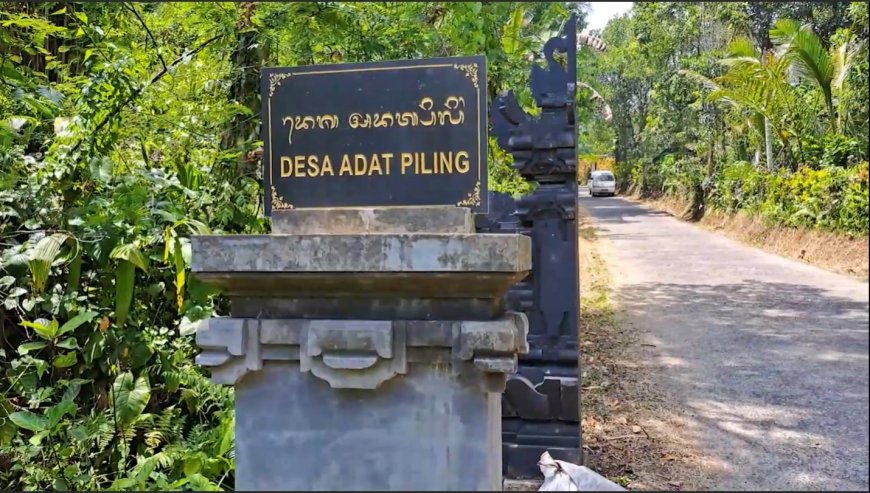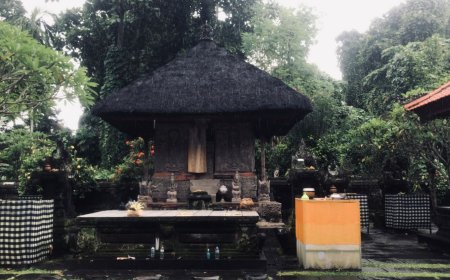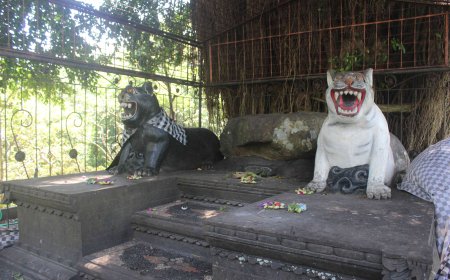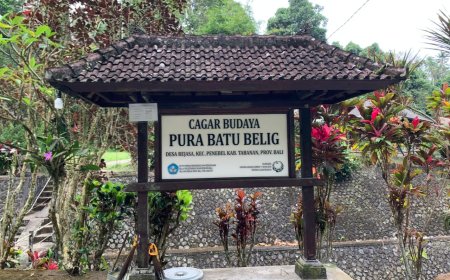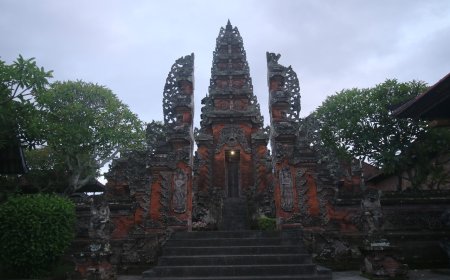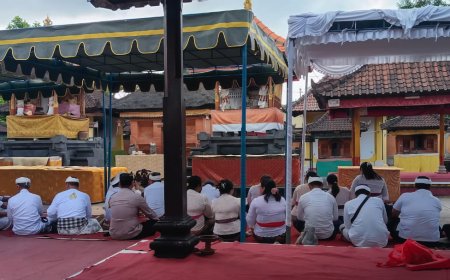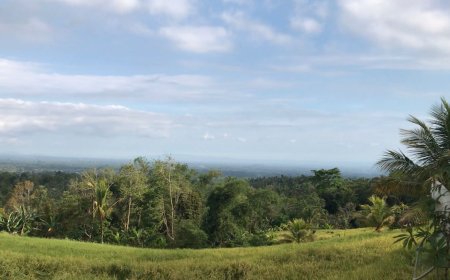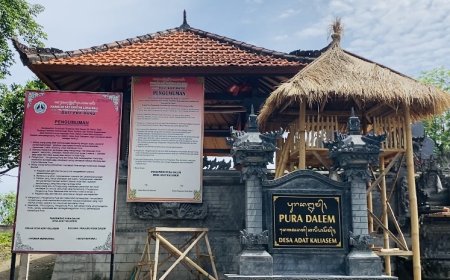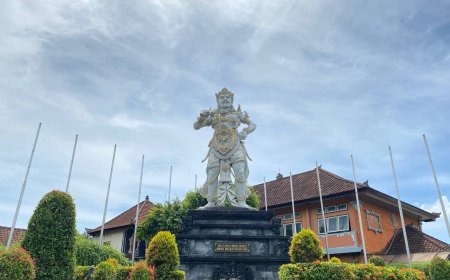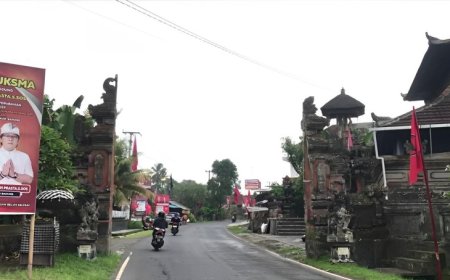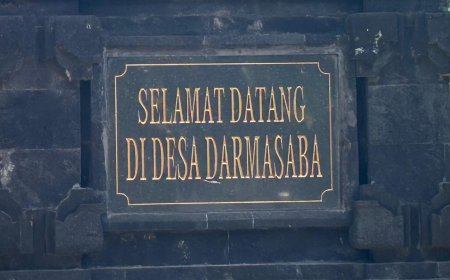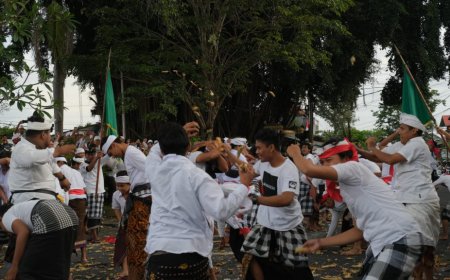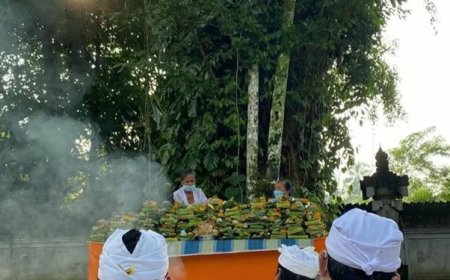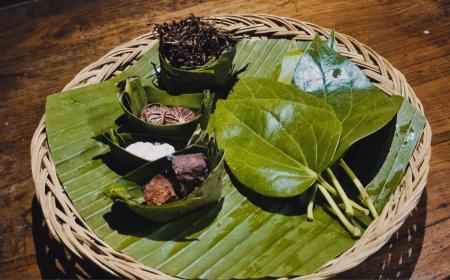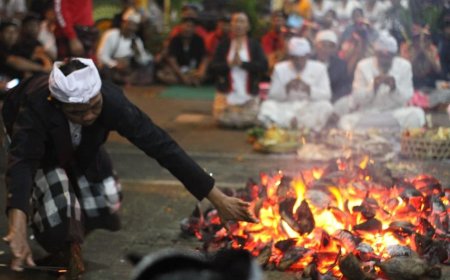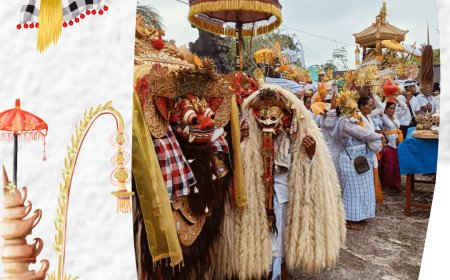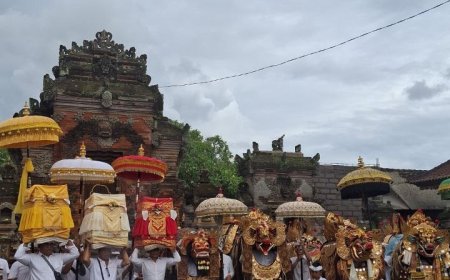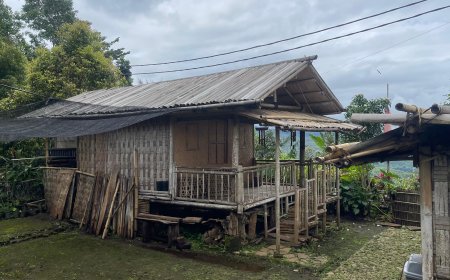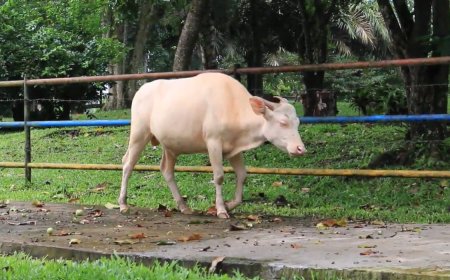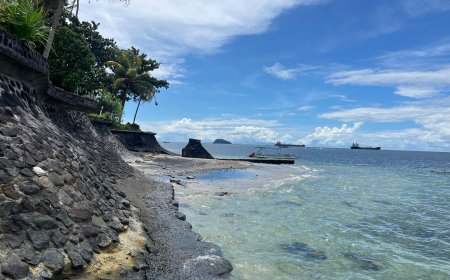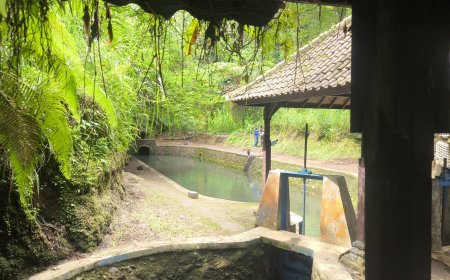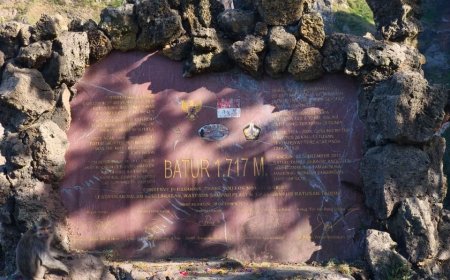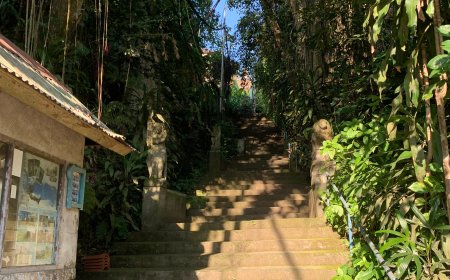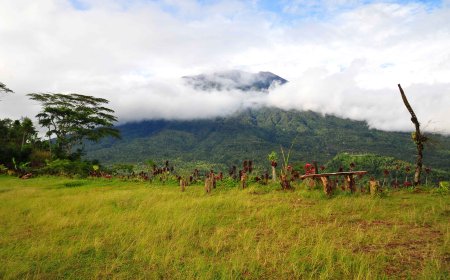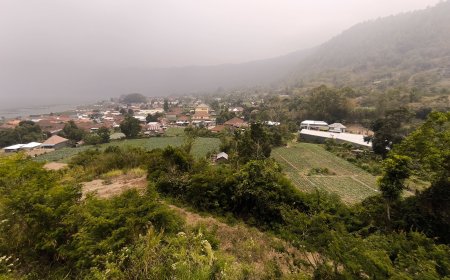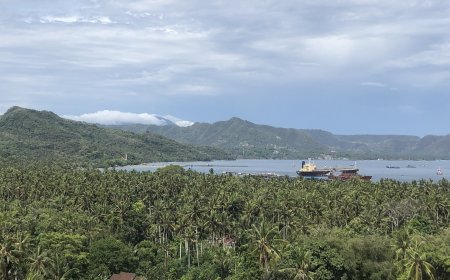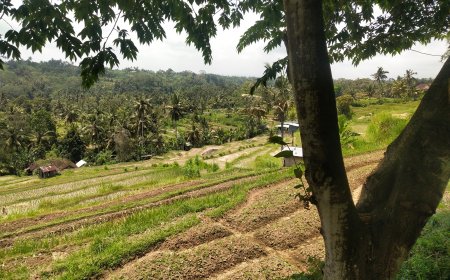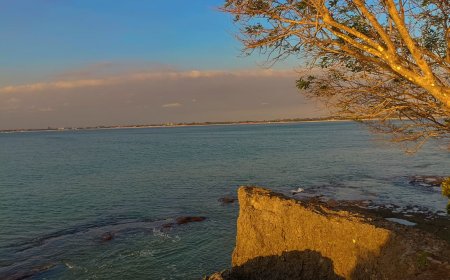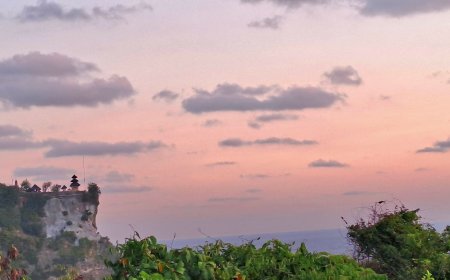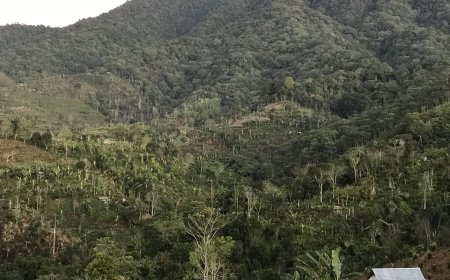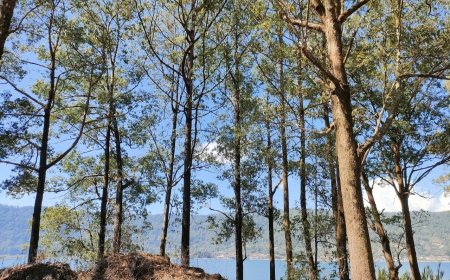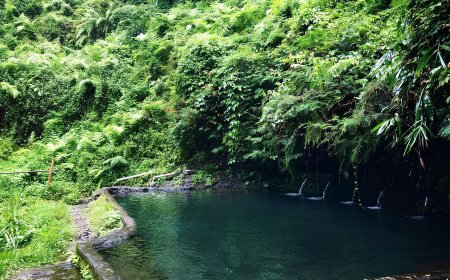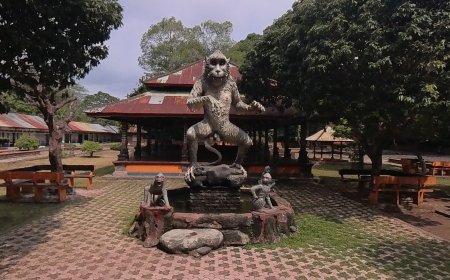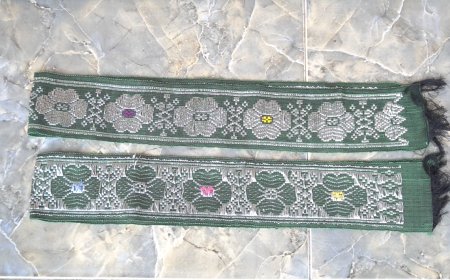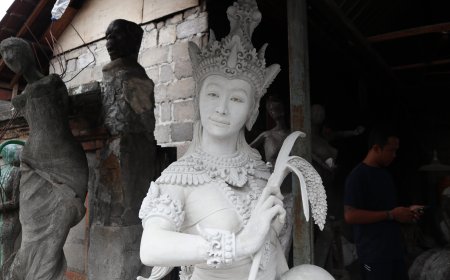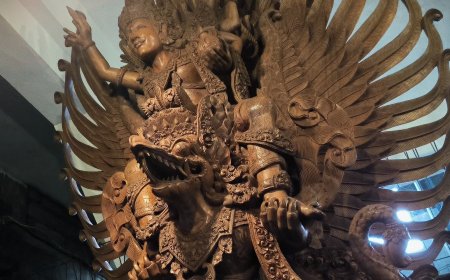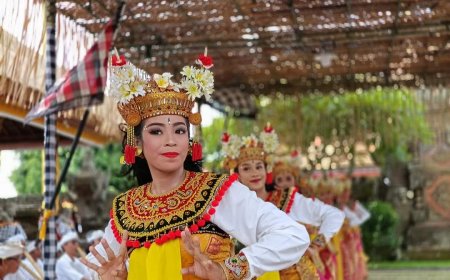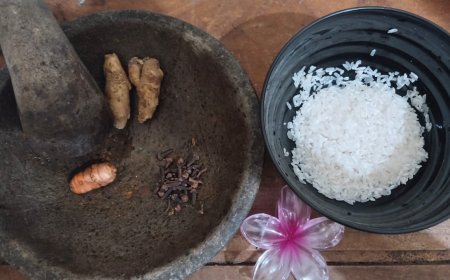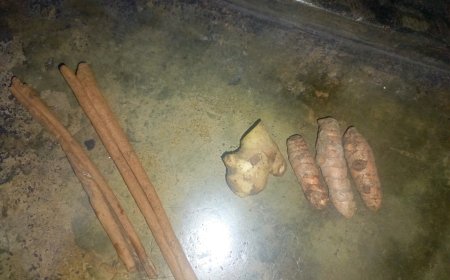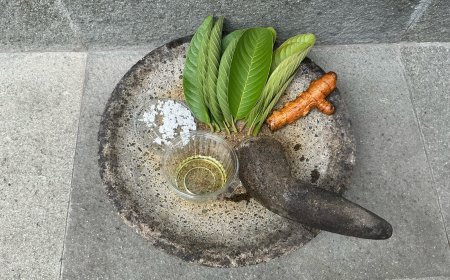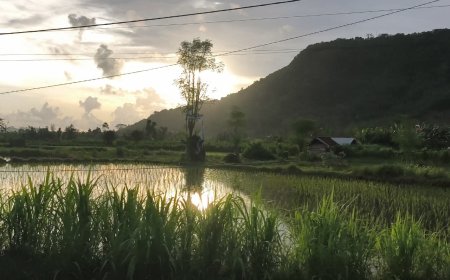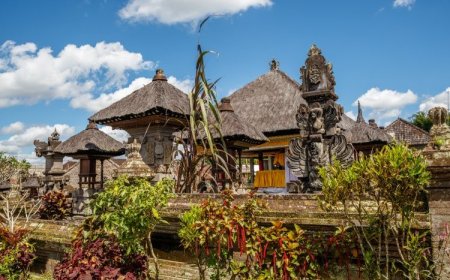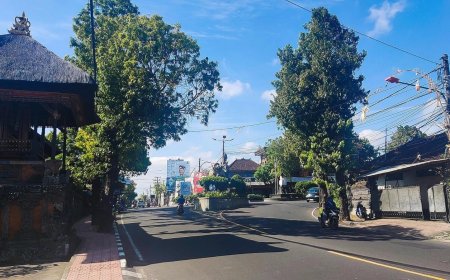Early Struggle of the Piling Traditional Village
The Piling Traditional Village originates from the ancient village in Penebel, which originally came from Sarin Buana Village in the Bajra area to the north. In the 15th to 16th centuries AD, the predecessors of this village were given the task by Jro Subangnya, Puri Tabanan, to build temples in Pucak Kedaton, including Pura Pucak Kedaton, Pura Manik Celaka, Linggar Sari, and Pura Jero Tengah. This was triggered by the initiative of the village elders to get closer to the peaks and temples. Initially, this village was in the north with the name Tagel Sepit, referring to the narrow and elongated area. There, they built the Khayangan Tiga Temple with the sarcophagus, Linggayoni, which is still preserved to this day.
Piling Village experienced a regional shift in the 19th-20th century, to be precise in 1901. Initially, this village was located in the north in an area known as Tagel Sepit. However, due to limited resources, including food that was difficult to obtain due to attacks by ants, this village moved south. This displacement process involved mass deforestation, and this is where the village got its name "Piling." The area in the north was taken over by Jatiluwih, while the southern area became the embryo of Piling Village.
Piling Traditional Village reflects religious diversity, with the majority of residents adhering to Hinduism. However, in 1928, Protestant Christianity began to enter, forming a community in 1936 in Piling Kanginan, before spreading throughout the village. In 1955, Catholic Christianity arrived in Abianbase, influenced by the source's family and the support of Father Suberger, a German missionary.
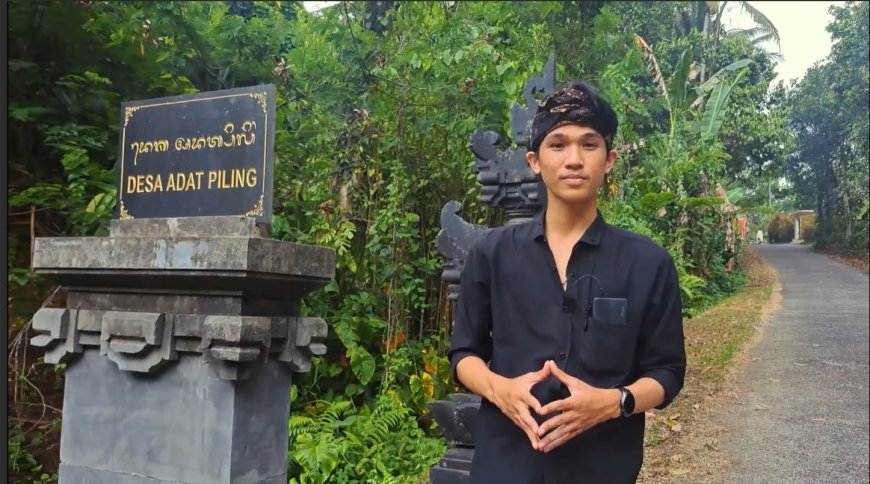
Piling Traditional Village Entrance (Photo Source: Editorial Collection)
The Presence of Missionaries and Their Impact
The difficult situation in Piling Village, especially after the eruption of Mount Agung in the 18th century, brought humanitarian assistance from Father Suberger. These missionaries not only provided food, education and health assistance, but also built health clinics for free. It was this loving approach that helped Christianity and Catholicism flourish in this village.
Over time, missionaries from Germany volunteered to help the community by providing food, spreading education, and building health clinics. This loving approach not only builds people's trust in Christianity and Catholicism, but also brings the influence of European culture which can be seen in various aspects of daily life in Piling Traditional Village. The history of Piling Traditional Village reflects a long journey full of twists and turns, from food crises to the development of rich religion and culture. This village remains a living witness to the transformation that has occurred over time and is an integral part of the diversity of the island of Bali.
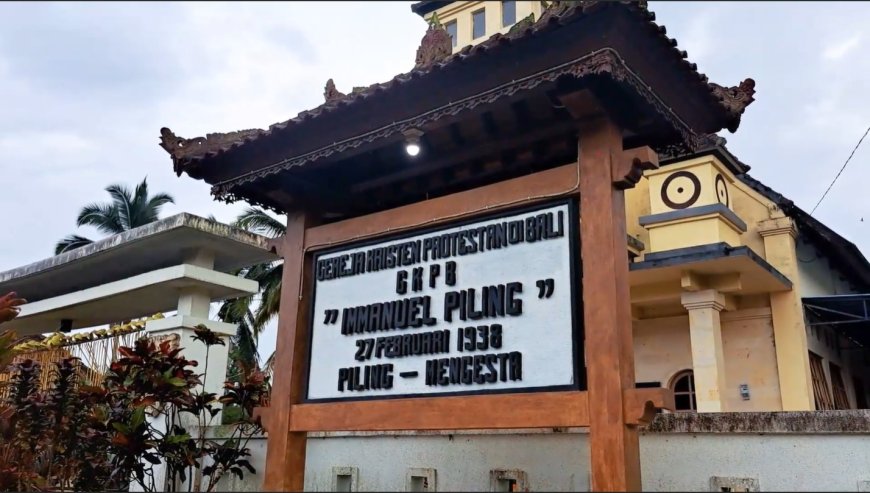
The Oldest Church of Piling Traditional Village (Source: Editorial Collection)
